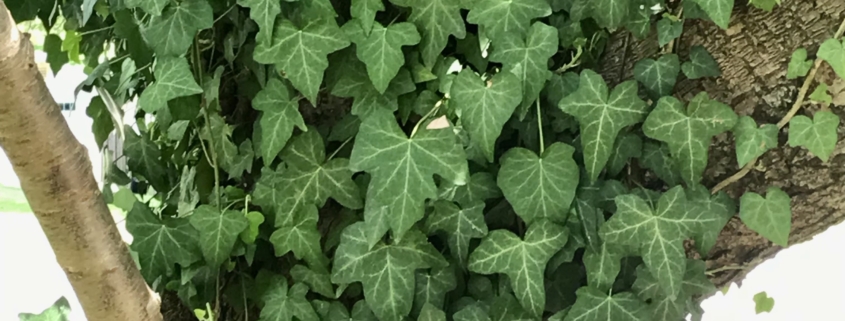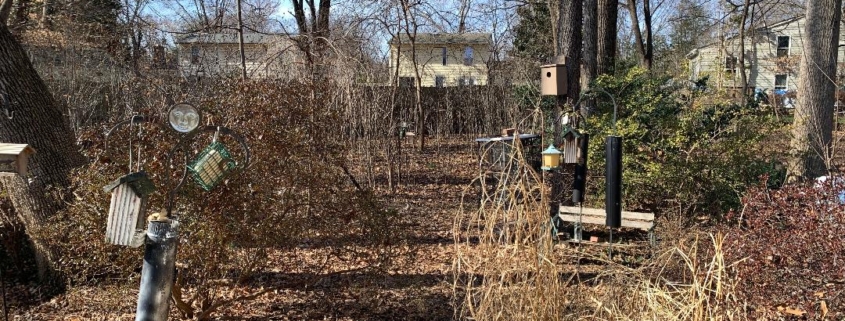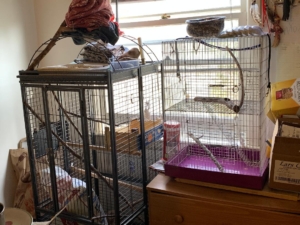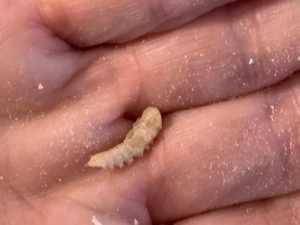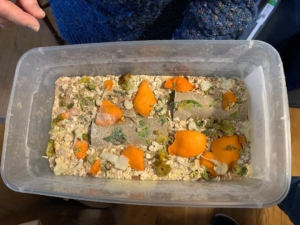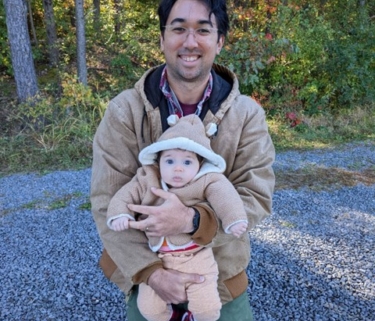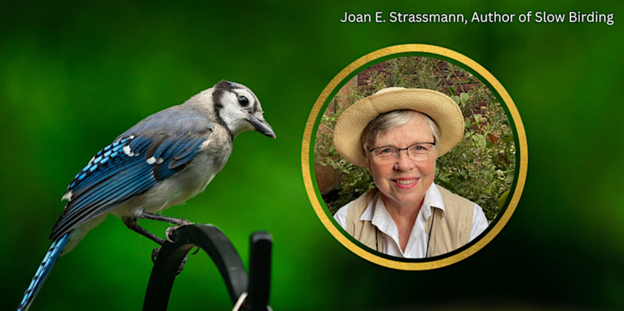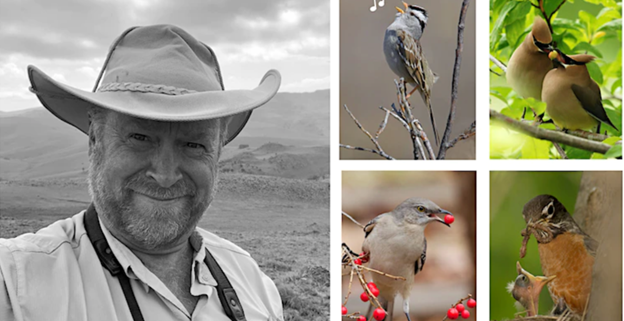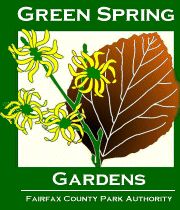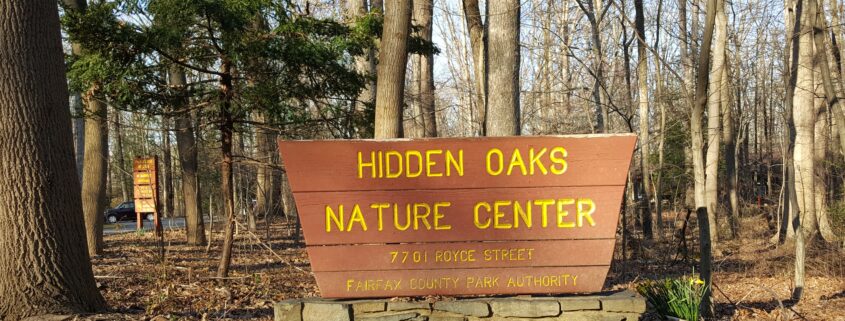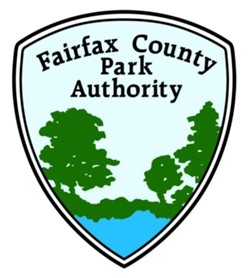Image: Green Spring Garden, Fairfax County Park Authority
Join Green Spring Garden’s Education Team! A dynamic group, looking to inspire young learners about the wonders of nature!
Position 1: Horticulture/Nature Programming Coordinator (Adult Programs)
Location: Green Spring Gardens; 4603 Green Spring Road, Alexandria, Virginia 22312
Schedule: Must have scheduling flexibility to allow for weekday and weekend times as well as occasional evenings. Average 25 hours weekly.
Salary: $16.00 per hour.
Overview: Green Spring Gardens seeks a charismatic team member for immediate hire to teach and schedule horticulture and cultural history programs for adults. This position oversees scheduling, staffing, or finding staff for public and private programs. Applicants should have strong oral communication skills with the ability to present and teach to groups of varying, age, number, and cultural background. This team member will be responsible for planning programs, contracting outside presenters, developing and leading education programs, scheduling volunteers and assisting with events. Additional duties include administrative, volunteer management and customer service.
Required Qualifications: Interest and knowledge base in horticulture, gardening, history, and/or educational programming with excellent oral and written communications skills. Enthusiasm for working with people and developing program content. Ability to present and interpret programs to diverse groups. Some experience in customer service and administrative support. Successful candidate must be able to acquire a thorough knowledge of Recreation Dynamics point of sale system, familiarity with Microsoft Office Suite, audio visual and standard office equipment.
All newly hired employees are required to be fully vaccinated as a condition of employment or obtain approval of a medical or religious exemption prior to their start date. Proof of an exemption or vaccination status will be required during the pre-employment onboarding process. New employees who obtain an exemption from the vaccine mandate for medical or religious reasons will still be subject to the weekly testing requirement. Otherwise, vaccinated employees will complete the attestation online in the first day of employment.
Preferred Qualifications: Experience in horticulture, gardening, history, and/or education or a related field. Experience with volunteer management. Undergraduate degree in a related field. Multi-lingual is a plus.
Note: *This position is scheduled to work a minimum 1,040 hours and no more than a maximum of 1,560 hours in a calendar year. This position is eligible to receive limited benefits, including Medical/Vision/Dental Insurance Coverage, Flexible Spending Program, and Deferred Compensation.
To apply: Please send resume with two references and cover letter to [email protected]
Position will remain open until filled. Fairfax County is an equal opportunity employer.
Position 2: Nature Programs Assistant Instructor (for Youth and Families)
Salary: $14.50-16.00/hour*
Location: Green Spring Gardens, 4603 Green Spring Road, Alexandria, Virginia
Hours: 15-20 hours per week
Duties: Assist with all aspects of Youth and Family Education at Green Spring Gardens. Plan and conduct plant-based nature programs for children and families. Develop programs, written lesson plans, and teaching aids. Create and maintain interpretive exhibits. Gardening and other light physical work. Administrative duties as assigned.
Minimum Qualifications: Experience educating children. Working knowledge of nature and gardening. Ability to use a personal computer, Microsoft Office Suite including Word, Excel, Outlook, and Publisher; ability to direct and coordinate the work of volunteers. Ability to lift 50lbs.
All newly hired employees are required to be fully vaccinated as a condition of employment or obtain approval of a medical or religious exemption prior to their start date. Proof of an exemption or vaccination status will be required during the pre-employment onboarding process. New employees who obtain an exemption from the vaccine mandate for medical or religious reasons will still be subject to the weekly testing requirement. Otherwise, vaccinated employees will complete the attestation online in the first day of employment.
Preferred Qualifications: Any combination of education, training and paid or volunteer experience equivalent to the following: Associate or Bachelor’s degree in the sciences, education, or related field, OR experience in education or related field. First Aid and CPR/AED certification. (provided on job)
Note: *This position is may not exceed 900 hours per calendar year. Individuals in these positions are not eligible to earn leave or receive holiday pay.
To apply: Send an emailed or faxed resume to Susan Eggerton, Visitor Services Manager, Green Spring Gardens, 4603 Green Spring Road, Alexandria, VA 22312; email: [email protected] . Phone inquiries: 703-642-5173.
Position will be open until filled.
Fairfax County is an equal opportunity employer.
Susan Eggerton
Visitor Services Manager
Green Spring Gardens
Fairfax County Park Authority
703-642-5173


